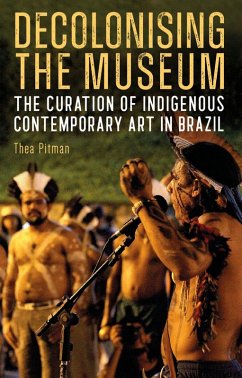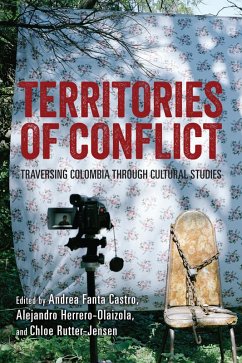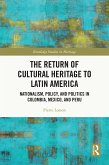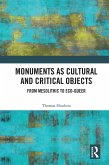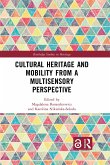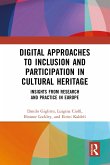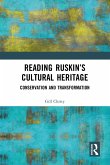Explores the scope that there is for Indigenous curatorial agency in the relationship of Indigenous contemporary art with the 'art world'.
This monograph focuses on the current boom in Indigenous contemporary art in Brazil, exploring in particular the way that this work interfaces with the art world through exhibitions, and the scope that there is for Indigenous curatorial agency in this relationship. After a brief introduction to Indigenous art, it gives an overview of the evolving relationship between Indigenous art and the art world, exploring in particular the nature of decolonial and/or Indigenous curatorial practice both in Brazil and elsewhere in the world. It then hones in on a recent exhibition: 'Arte Eletrônica Indígena' [Indigenous Electronic Art], held at the Museum of Modern Art of Bahia in Salvador in August 2018. Based on participant observation and interviews, it provides an ethnographic reading of the opening weekend of the exhibition, looking at the alternative modalities of Indigenous curatorial agency that were exercised by the Indigenous people present. The conclusion explores the legacy of the 'Arte Eletrônica Indígena' exhibition, particularly for the Indigenous communities involved, and looks to the evidence provided by the exhibition for lessons to be learned for future exhibitions.
This monograph focuses on the current boom in Indigenous contemporary art in Brazil, exploring in particular the way that this work interfaces with the art world through exhibitions, and the scope that there is for Indigenous curatorial agency in this relationship. After a brief introduction to Indigenous art, it gives an overview of the evolving relationship between Indigenous art and the art world, exploring in particular the nature of decolonial and/or Indigenous curatorial practice both in Brazil and elsewhere in the world. It then hones in on a recent exhibition: 'Arte Eletrônica Indígena' [Indigenous Electronic Art], held at the Museum of Modern Art of Bahia in Salvador in August 2018. Based on participant observation and interviews, it provides an ethnographic reading of the opening weekend of the exhibition, looking at the alternative modalities of Indigenous curatorial agency that were exercised by the Indigenous people present. The conclusion explores the legacy of the 'Arte Eletrônica Indígena' exhibition, particularly for the Indigenous communities involved, and looks to the evidence provided by the exhibition for lessons to be learned for future exhibitions.
Dieser Download kann aus rechtlichen Gründen nur mit Rechnungsadresse in A, D ausgeliefert werden.

